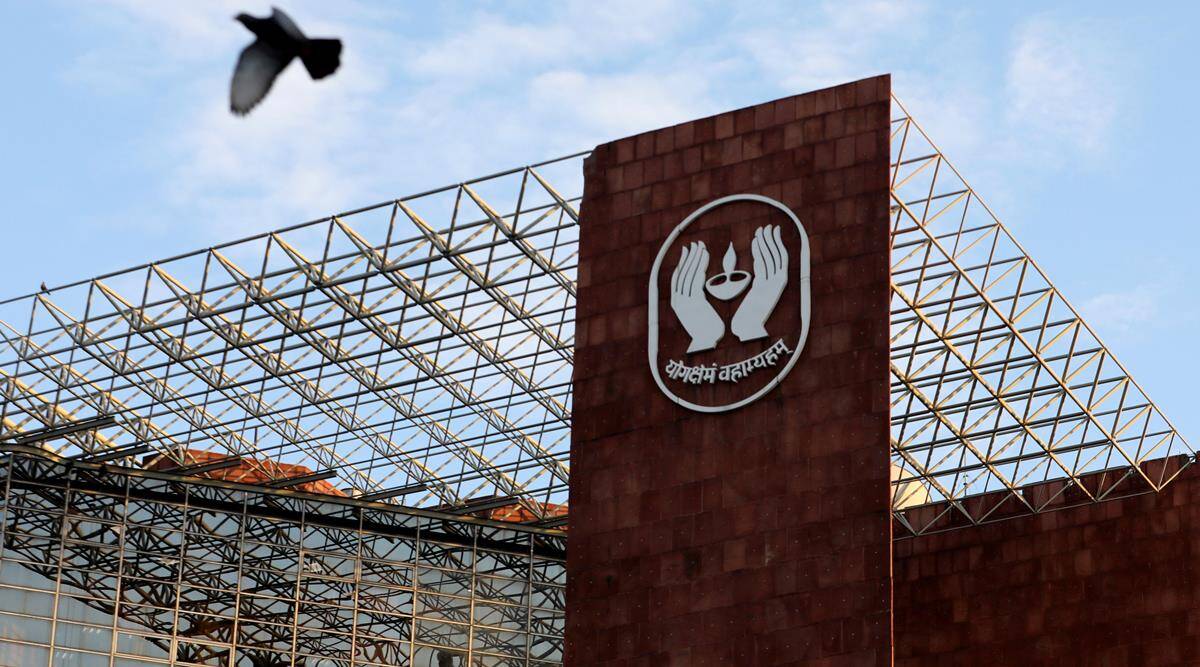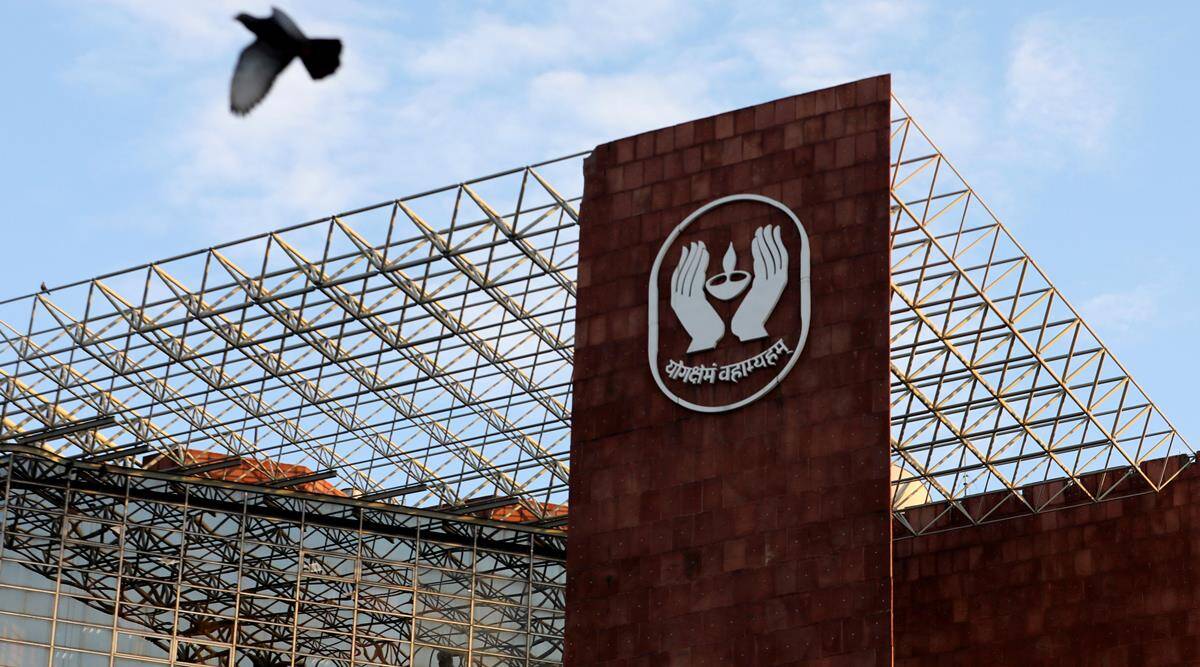[ad_1]
With the stock markets going on a roller-coaster ride in 2022, fund mobilisation by companies through the initial public offering (IPO) market declined 54 per cent.
Amount raised:
Total issuances this year remained lower at Rs 55,472 crore as compared with Rs 1.22 lakh crore issued in 2021 as companies and promoters became cautious in the wake of volatility in the stock market. Promoters and companies turned cautious in 2022 as many high-profile IPOs of 2021 like Paytm, FSN E-commerce (Nykaa), Nazara Technologies, PB Fintech, CarTrade Tech, Easy Trip Planners, Aditya Birla Sun Life AMC and Fino Payments disappointed investors with their share prices falling steeply below their IPO prices.
3 active sectors:
Overall, IPOs issued have been concentrated in 3 major sectors (contributing to 56 per cent of the total issuance); edible oil, insurance and hospital & healthcare services. While the edible oil industry has performed very well on the stock market, the insurance industry (LIC) has taken a hit, while returns in the healthcare services industry are modest at best, according to a Bank of Baroda research report.
LIC biggest:
In the current year, 12 industries witnessed big ticket (Rs 1,000 crore plus) IPOs, of which the insurance sector (LIC) was the biggest with an issue size of Rs 21,000 crore. This was followed by industries such as edible oil (Rs 7,000 crore), hospital & healthcare services (Rs 3,200 crore), textile (Rs 3,100 crore) and courier services (Rs 3,000 crore), among others, BoB report said.
LIC’s market valuation fell by a whopping Rs 1.83 lakh crore to Rs 4.16 lakh crore as on December 23.
Listing at discount:
Out of 12 big ticket issuances, 5 were listed at a discounted price, averaging -5.3 per cent. LIC (-8.6 per cent) and Rainbow children’s Medicare (-6.6 per cent) were listed at a discount of even more than average. On the other hand, 7 companies were listed at a premium, averaging 13.5 per cent. Amongst these, Patanjali foods (30.8 per cent), global health (18.5 per cent), and campus activewear (21.6 per cent) recorded a premium above average, BoB said.
Out of a total of 84 companies (versus 99 last year), 17 per cent companies listed at a discount, 6 per cent companies were listed at the same price as the issue price, while 77 per cent companies listed at a premium.
32 pc trading at discount:
As on December 18, 2022, out of 84 companies, 32 per cent of the companies are trading (last price) at a discount (compared with issue price), while 68 per cent of them are still trading at a premium. Overall, these companies have recorded an average return (last versus list price) of 17.7 per cent in CYTD22, versus 7.6 per cent gains made by Sensex, BoB report said. “High IPO premium charged by some companies has led to investors burning their fingers as these shares crashed after listing on the stock exchanges,” said a fund manager.
Top performers & losers
The top performing companies include: Rhetan TMT, Jayant Infratech, Containe Technologies, Adani Wilmar, Veerkrupa Jewellers, Goel Food Products, Maruti Interior Prod, Sailani Tours N Travel, Venus Pipes & Tubes, and Ekennis Software Services, averaging return of 228 per cent.
Some of the stocks which gave negative returns this year included: Fone4 Communication. India, Safa Systems & Technology, EVOQ Remedies, Mafia Trends, Global Longlife Hospital, AGS Transact Tech, and Pace E-Comm Venture, averaging return of -50 per cent.
[ad_2]
Source link
For more information call us at 9891563359.
We are a group of best insurance advisors in Delhi. We are experts in LIC and have received number of awards.
If you are near Delhi or Rohini or Pitampura Contact Us Here











